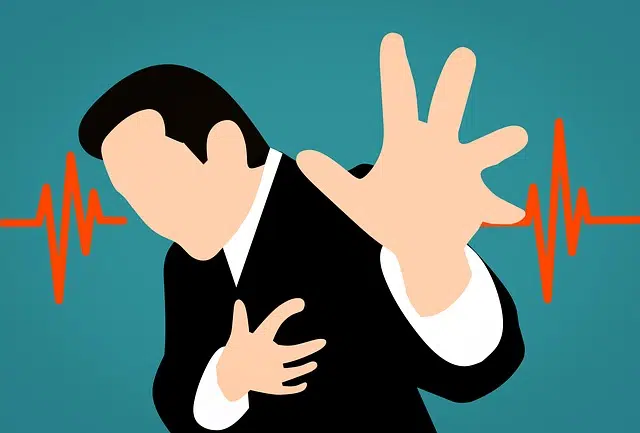
Tachypnea is the acceleration of the respiratory rate.
Tachypnea is the name given to the increase in respiratory rate or rhythm . This frequency refers to the number of breaths (inhalations and exhalations) that a person takes in a certain period of time.
The nervous system is responsible for regulating this rhythm , which is generally measured in the number of breaths per minute . Tachypnea occurs when the number of breaths per minute exceeds the figure considered normal according to the age and state of rest or activity of the subject. If the rhythm, on the other hand, is below normal, it is called bradypnea .
There can be many and varied causes that cause a person to have tachypnea. However, among the most significant are asthma, lung diseases such as emphysema, meningitis, lung infections such as pneumonia or even a pathology related to the heart.
When is tachypnea diagnosed?
In the case of adults, it is maintained that the normal breathing rate is between 12 and 20 breaths per minute . This figure can rise to 45 breaths per minute when the person is doing moderate intensity physical activity, and even exceed 60 breaths per minute in the case of athletes subjected to great effort.
These values reveal that tachypnea is diagnosed if an adult at rest or doing mild physical exercise exceeds 20 breaths per minute. When tachypnea appears, the individual breathes shallowly and very quickly. This phenomenon can be due to different types of diseases that a doctor must diagnose and treat.

Various disorders and diseases can cause tachypnea.
A disorder that affects newborns
A disorder that occurs when pulmonary edema of the fetus persists after birth is known as transient tachypnea of the newborn . This can cause tachypnea of up to 160 breaths per minute, when the usual rate in newborns is no more than 60 breaths per minute.
In the case of babies, it is worth knowing other particularities in this regard, such as those shown below:
-It is considered that there are 1% of babies who suffer from it.
-As a general rule, it is more common in boys than in girls.
-The main reason it appears in babies is that they have fluid in their lungs. It is a liquid that is kept in that part of the body during pregnancy but is eliminated during childbirth. However, there are little ones who are unable to put an end to it the moment they come into the world.
-As a general rule, tachypnea usually lasts a maximum of three days and it usually appears immediately after birth.
-Usually it does not entail excessive danger and in order to have the greatest guarantees of safety what will be done is to keep the baby admitted for a few more days.
